Put 30 Years of Printed Circuit Board Experience to Work for You

Printed circuit board manufacturing is a complicated process with many steps, which means there’s a lot of room for error. When not properly maintained with high-quality support chemistries, it’s easy for residue and scale to slow down your production line and interfere with the quality of your product.
That’s why it’s so important to partner with a support chemistry distributor that understands the complexity of your process and is constantly innovating new ways to keep your processing equipment cleaner and more efficient so it continues to create a superior product.
Nearly 30 Years of PCB Expertise and Innovation
The story of Seacole’s innovation in the PCB support chemistries industry starts in 2002, when Seacole founder Gregg Elliott bought Circuit Research Corporation (CRC). Circuit Research Corporation was founded in 1990 and was a well-known and highly respected printed circuit board chemistry manufacturer. Its staff of talented chemical engineers with decades of experience developing and delivering the highest quality chemistry joined Seacole’s expert group of engineers and chemists.
The newly merged companies continued to build on CRC’s existing high reputation with distributors and agents locally in Minnesota and across the country. Today, Seacole is proud to provide printed circuit board manufacturers with chemistries designed to perform above industry standards while remaining cost-effective.
Two of Our Favorite Printed Circuit Board Support Chemistries
Seacole formulates and distributes dozens of support chemistries for printed circuit board manufacturers. Two of our favorite products are used in the development and stripping processes.
Many anti-foam additives leave behind residues on your PCB surfaces and processing equipment. Our ANTI/Foam CR-98 is silicon-free and solvent-free. Its extremely free-rinsing formula virtually eliminates residue from both products and equipment. Use ANTI/Foam CR-98 as an automated addition for process sumps that use bellows, air diaphragms, or peristaltic pumps.
As you know, regular maintenance of your developers and resist strippers plays a significant role in the quality of your product and efficiency of your production line. Equipment Cleaner 70 is a concentrated acid cleaner that removes hard-water scale and residues, including the stubborn ones that build up in solder mask developer chambers. It’s even reusable over multiple applications.
If you’re having trouble finding support chemistries for your PCB process that won’t leave behind residues, foam, or scale on your product or equipment, contact the experts at Seacole today. We can help you find the support chemistries that will keep your production running smoothly and efficiently.
Seacole Product Tags:
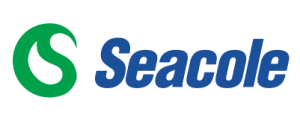
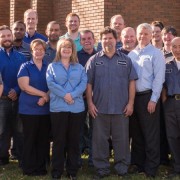
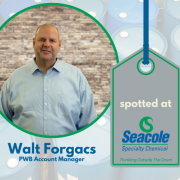
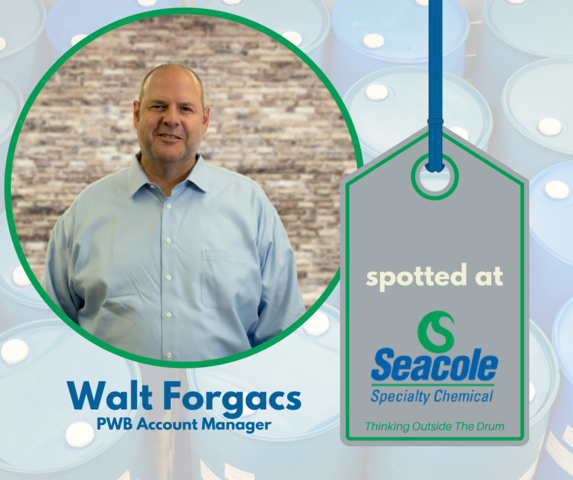 We had a chance this month to catch up with printed circuit board account manager Walt Forgacs. Walt’s been a chemist and engineer for more than three decades, and we’re grateful for the addition his expertise and experience make to the Seacole team. Take a moment to get to know Walt!
We had a chance this month to catch up with printed circuit board account manager Walt Forgacs. Walt’s been a chemist and engineer for more than three decades, and we’re grateful for the addition his expertise and experience make to the Seacole team. Take a moment to get to know Walt!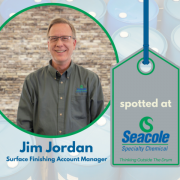
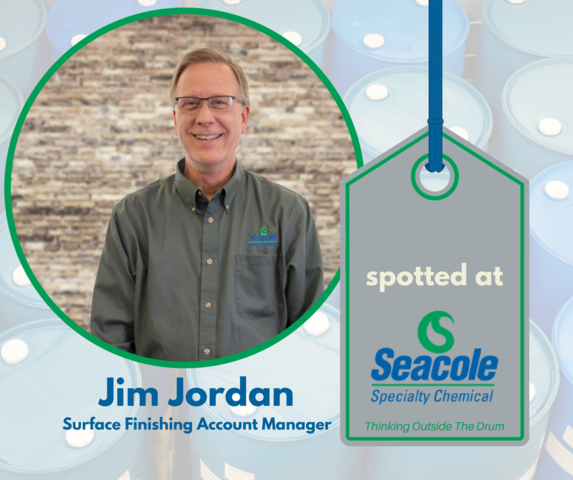 We had a chance this month to catch up with surface finishing account manager Jim Jordan. Jim holds a chemical engineering degree from the University of Minnesota Twin Cities and enjoys helping customers improve their process control methods. Take a moment to get to know Jim!
We had a chance this month to catch up with surface finishing account manager Jim Jordan. Jim holds a chemical engineering degree from the University of Minnesota Twin Cities and enjoys helping customers improve their process control methods. Take a moment to get to know Jim!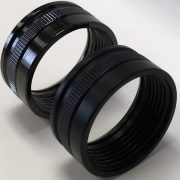
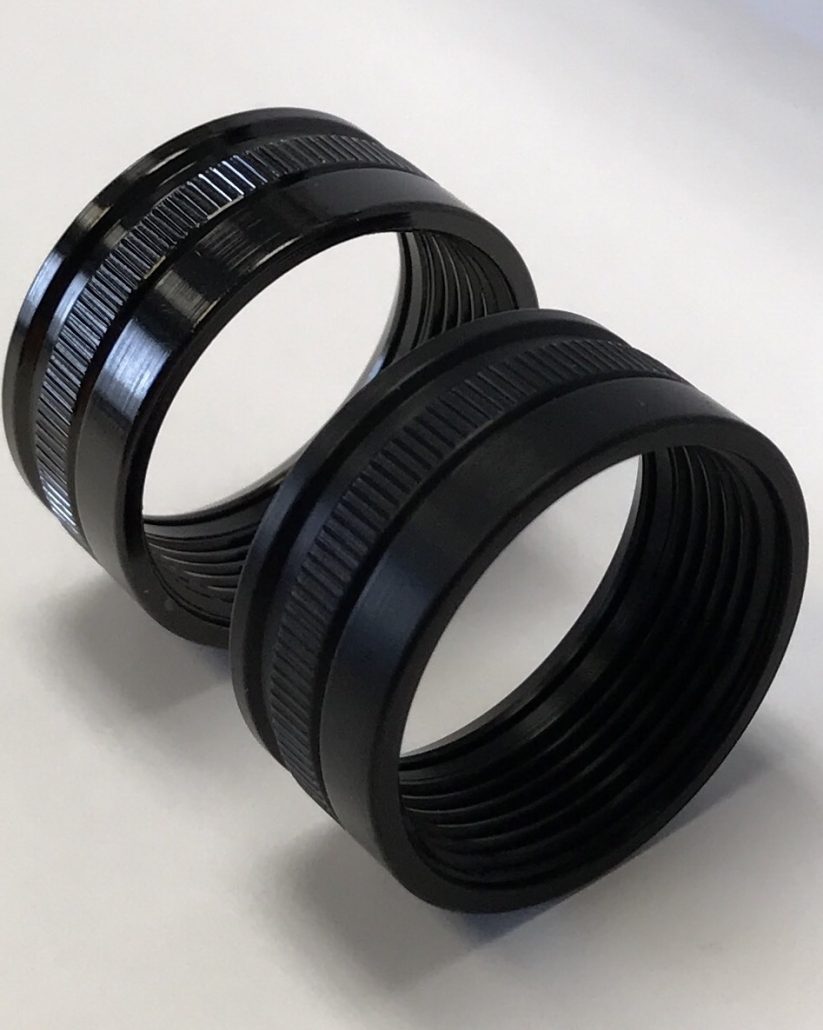 Electroless nickel plating is an alternative process to electroplating. It reduces your facility’s water and energy use and cuts down on the hazardous waste produced by the plating process. Electroless nickel plating can be used on metal or plastic parts.
Electroless nickel plating is an alternative process to electroplating. It reduces your facility’s water and energy use and cuts down on the hazardous waste produced by the plating process. Electroless nickel plating can be used on metal or plastic parts.